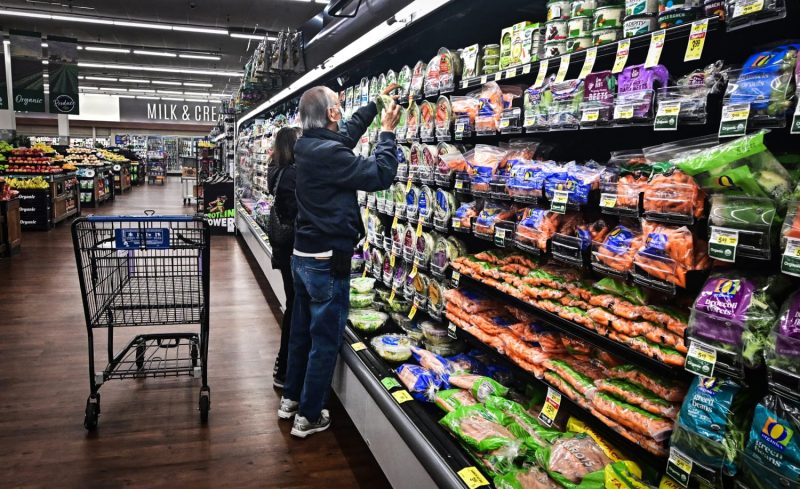In recent years, grocery prices have been on the rise, impacting consumers’ wallets and causing concerns about the affordability of essential food items. This surge can be attributed to various factors that contribute to the overall cost of groceries. Understanding the reasons behind these price hikes is crucial for consumers to make informed decisions while shopping and exploring strategies to mitigate these increasing costs.
One primary reason for the escalating grocery prices is the impact of inflation on the overall economy. Inflation refers to the sustained increase in the general price level of goods and services over time. When inflation occurs, the purchasing power of consumers diminishes, leading to higher prices for everyday necessities like groceries. Factors such as rising production costs, transportation expenses, and fluctuations in commodity prices all contribute to inflation’s impact on grocery prices.
Moreover, disruptions in the supply chain play a significant role in driving up the cost of groceries. Events like natural disasters, global pandemics, or geopolitical conflicts can disrupt the flow of goods from producers to retailers, causing shortages and price increases. For instance, the COVID-19 pandemic led to supply chain disruptions worldwide, affecting the availability and cost of various food items.
Another key component driving up grocery prices is the increased demand for certain products. Changes in consumer preferences and behaviors, coupled with shifts in dietary trends and lifestyle choices, influence the demand for specific food items. As a result, suppliers may struggle to keep up with the increased demand, leading to scarcity and higher prices for these popular products.
Additionally, the consolidation of the food industry has resulted in fewer competing suppliers, giving larger companies more control over pricing. This lack of competition can lead to price-fixing behaviors and monopolistic practices, further driving up the cost of groceries for consumers. Furthermore, the dominance of major food retailers and grocery chains can limit consumers’ ability to seek out more affordable alternatives, as smaller businesses are often unable to compete with the pricing strategies of industry giants.
To combat the impact of rising grocery prices, consumers can adopt several strategies to help minimize their grocery bills. One effective approach is to plan meals in advance and create shopping lists based on essential items, avoiding impulse purchases that can add up quickly. Utilizing loyalty programs, coupons, and discounts can also help reduce costs at the checkout counter. Additionally, exploring alternative shopping venues such as farmers’ markets, discount stores, or online retailers can provide consumers with more affordable options for purchasing groceries.
In conclusion, the increasing cost of groceries presents a significant challenge for consumers looking to manage their household budgets effectively. By understanding the various factors contributing to rising grocery prices and implementing strategic shopping practices, consumers can navigate this economic landscape more efficiently. While external factors like inflation and supply chain disruptions remain beyond consumers’ control, making informed choices and exploring cost-saving measures can help alleviate the financial strain of expensive groceries in the long run.
